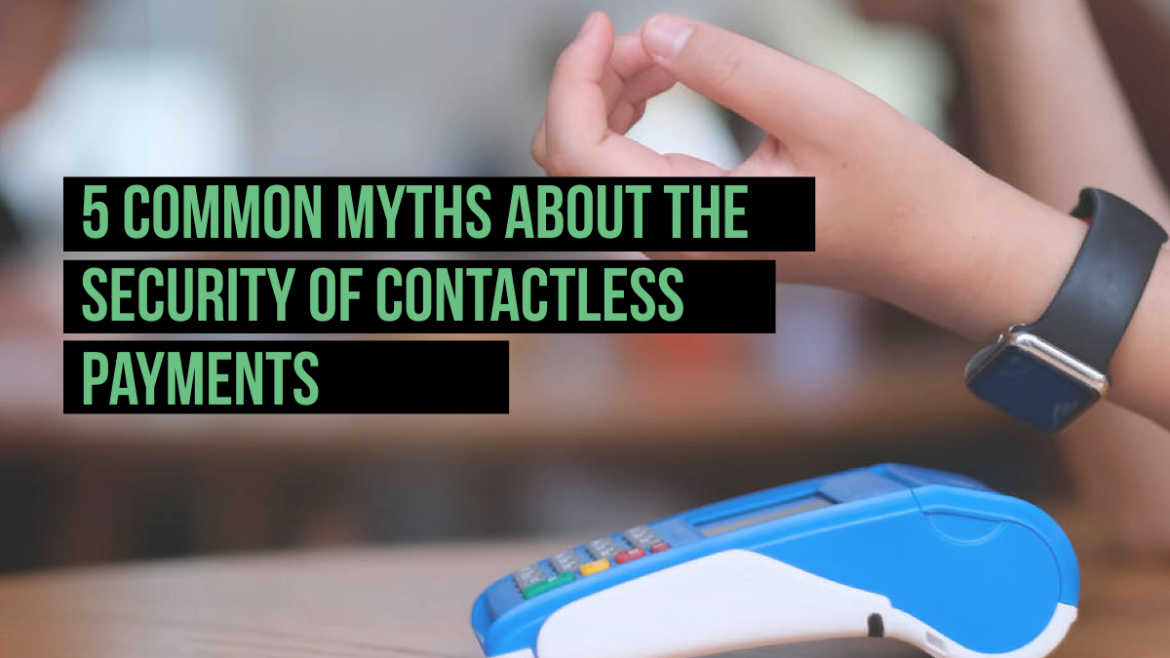A lot of people still associate paying with a card with a “dip” or “swipe.” If you’re the owner of one of 370 million contactless cards, though, you know that a “tap” can do the trick as well.
Originally, contactless cards were introduced as a safe payment method that helped customers speed through the checkout line. The idea of paying with a phone slowly started to gain traction, but it wasn’t until the COVID-19 pandemic that it really became the norm.
Despite the popularity of contactless technology, there are still many misconceptions behind it. Below, we list five myths about contactless payments and why you shouldn’t believe them.
1. Electronic Pickpocketing
There’s a popular belief that someone standing near you can electronically “pickpocket” you and obtain your contactless payment information. In a way, this is possible – some smartphone apps are capable of reading data from a nearby contactless card. However, the only things this would get them would be your account number and card expiration date.
The only way a hacker could get the important info from your card is if they stole a POS terminal and used it to read the card. However, any stolen terminals would immediately be reported and blocked by the retailer.
2. Identity Theft
Another common contactless commerce myth is that thieves can use it to steal your identity and use it for criminal purposes. Again, this is very hard to do since contactless cards don’t share your identifying information. If you’re worried about identity theft, consider using protective wallets and card sleeves to further shield your contactless cards.
3. Contactless Duplicates
Duplicating a contactless card is one of those things that seems like it should be possible, but isn’t. During a contactless payment, the card or device provides a unique code to identify the transaction. This number is dynamic and only works once. Even if a hacker somehow obtained your contactless card info, the one-time code feature would prevent them from duplicating it.
4. Payment Security
Most contactless myths revolve around the security of contactless payments. The truth is, contactless commerce is perfectly safe. Where older cards used magnetic strips and EMV cards used microprocessor chips, contactless technology uses Dynamic Data Authentication (DDA). Its encryption and data technology is far more advanced than physical cards.
A contactless card is also much harder to lose or forget. Since it never leaves your hand, you’ll never misplace it or put it down somewhere. Also, handheld devices that can “skim” physical cards won’t work with contactless technology.
5. Stolen Card Losses
We talked about how hard it is to steal a contactless card, but let’s assume it did happen. Even in this scenario, it’s impossible to use the card limitlessly. If you notice fraudulent activity, you can report it, just like you would a physical card. You would also still need a PIN for larger transactions, and the banks would reimburse you for purchases you didn’t make.

